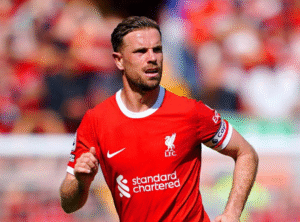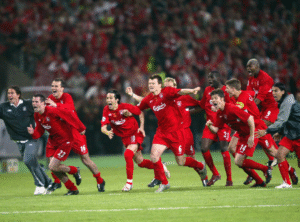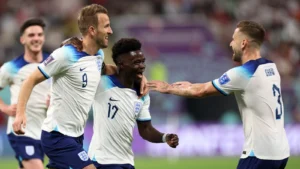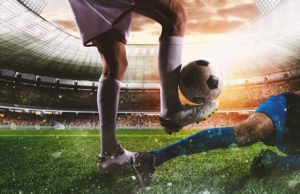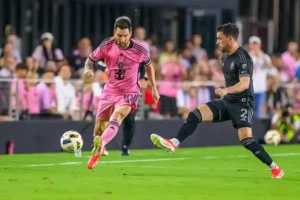Sejarah Klub dengan Logo yang Sering Berubah
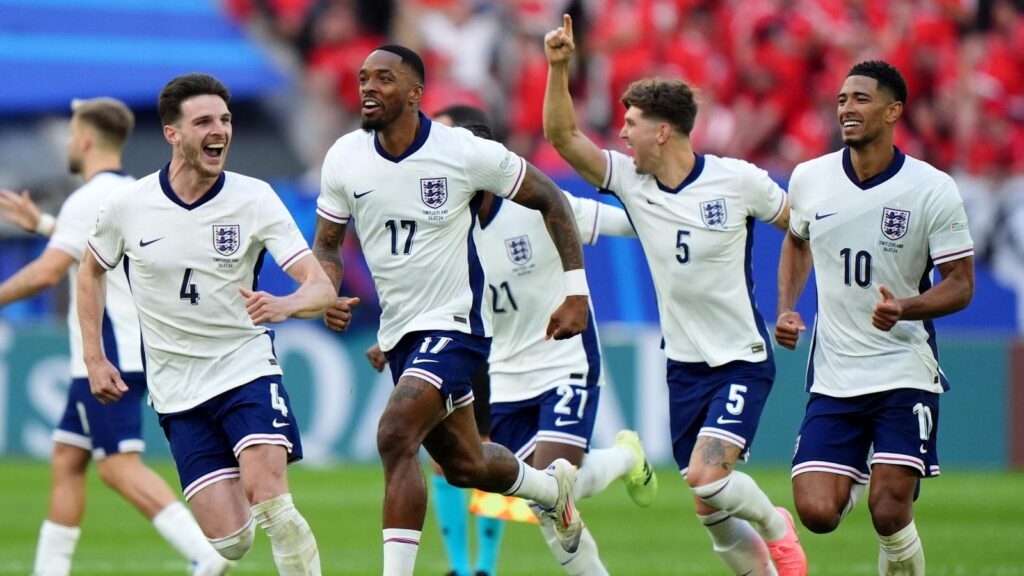
SABA SPORT – A football club’s identity extends far beyond the players on the pitch. It lives in the hearts of fans and resonates through generations. At the very core of this identity is the logo klub sepak bola. It serves as a powerful visual symbol, representing history, tradition, and aspirations.
This emblem is much more than just a pretty picture. It embodies the club’s values and the community it represents. Examining the evolution and importance of these symbols provides great insights. This shows how deeply entwined they are with the beautiful game and its devoted followers.
The Historical Significance of Club Crests
Early Origins and Symbolism
Early club crests were often based on local coats of arms. These designs linked the team to the town or city. Many incorporated regional symbols or heraldic elements. This established a sense of place and history, vital for community ties.
Animals were also a popular choice for older emblems. Lions signified courage, while eagles represented ambition. These symbols aimed to instill pride and inspire loyalty. They visually communicated the club’s perceived character.
Over time, these initial designs were refined and adapted. They often reflected changes in society and the club’s history. Some elements remain as a testament to the club’s rich heritage. These early designs were important for identity.
Evolution and Modernization
As football clubs grew, so did the demand for modern emblems. The rise of commercialism spurred the need for easily recognizable designs. This meant simpler, more streamlined crests to appeal to a wider audience.
Many clubs opted for complete redesigns, reflecting new ownership. They might aim to showcase a fresh vision for the future. Others chose subtle tweaks, retaining the essence of the old logo. This honored tradition whilst embracing modernity.
The use of color became increasingly important. Bright, bold hues captured attention on merchandise and media. Graphic designers played a key role in this evolution. They carefully balanced heritage with contemporary aesthetics.
Read More: Bagaimana Klub Mengatur Tiket Musiman Fans
The Elements of Effective Logo Desain
Color Psychology and Branding
Color plays a vital role in shaping perceptions and emotions. Red often signifies passion and energy. Blue can evoke trust and stability. Understanding color psychology is crucial for successful branding.
A well-chosen color palette will resonate with the club’s target audience. It should reflect the club’s values and personality. Consistency is key, using the same colors across all platforms. This reinforces brand recognition.
Consider also the cultural context of the colors used. Certain colors may have different meanings in different cultures. A global brand must be sensitive to these nuances. This ensures the logo resonates universally.
Shape and Typography
The shape of a logo is just as important as its color. Circles convey unity and completeness. Squares suggest strength and reliability. Choosing the right shape reinforces the club’s message.
Typography plays a vital role in the overall desain logo. The font style must be legible and complementary to the emblem. A modern sans-serif font can convey innovation. A classic serif font can suggest tradition.
Balance and harmony are essential in any effective emblem. Each element must work together cohesively. The aim is to create a visually appealing and memorable image. This will then stand the test of time.
The Importance of Simplicity
In today’s fast-paced world, simplicity is key to effective logo design. A cluttered emblem is difficult to remember. A clean, minimalist emblem will cut through the noise.
Think of iconic emblems like the Nike swoosh or the Apple logo. They are instantly recognizable and universally understood. This illustrates the power of simplicity in branding.
A simple emblem is more versatile. It can be easily adapted for different applications, like merchandise. It will also work across various digital platforms. It remains effective at all sizes.
Read More: Bagaimana Klub Mengatur Strategi Promosi di Media Sosial
The Impact of Logos on Fan Identity
Building a Sense of Belonging
The logo klub sepak bola is a symbol of shared identity. It connects fans from all walks of life. Seeing the emblem evokes a sense of belonging to something bigger. This creates a powerful emotional bond.
Fans proudly display the emblem on their shirts, scarves, and flags. They are showing their allegiance to the club. The emblem becomes a badge of honor, representing shared values. This unites the community of supporters.
This sense of belonging is especially important in local communities. The football club often serves as a focal point for civic pride. The emblem reinforces the connection between the club and its home city.
Merchandise and Commercial Value
The logo klub sepak bola is a valuable asset for commercial purposes. It is prominently featured on merchandise, generating revenue. Licensed products range from clothing to souvenirs, reinforcing brand loyalty.
A well-designed emblem will enhance the perceived value of the merchandise. This allows clubs to charge premium prices. These revenues are often reinvested back into the club. They support player development and infrastructure improvements.
The power of branding can transform a simple emblem into a global phenomenon. This generates millions in revenue. Effective marketing is key to unlocking this potential. This then strengthens the club’s financial position.
Rebranding and Fan Reactions
Rebranding is a risky but sometimes necessary undertaking. Clubs must carefully consider the potential backlash from fans. Changing a beloved emblem can provoke strong emotional reactions.
Consultation with supporters is crucial before any redesign. This ensures that the new emblem reflects the club’s values. It also respects its history and traditions. Transparency can help mitigate negative reactions.
Some rebranding efforts are successful, revitalizing the club’s image. Others fail miserably, alienating loyal fans. The key is to strike a balance between innovation and heritage. This maintains the club’s connection to its roots.
Case Studies of Iconic Club Logos
Real Madrid: A Symbol of Royalty
The Real Madrid emblem incorporates a royal crown. This symbolizes the club’s historical ties to the Spanish monarchy. The simple, elegant design conveys prestige and tradition. The emblem is globally recognised.
The three initials, “MCF” (Madrid Club de Futbol) are central. This is intertwined with a purple stripe, representing the region of Castile. The gold coloring signifies excellence and achievement. It is a prestigious logo.
The emblem has undergone minor changes over the years. However, it has retained its core elements. This maintains its timeless appeal. This is a symbol of enduring quality and sporting success.
Liverpool FC: The Liver Bird
The Liverpool FC emblem features the Liver Bird, a symbol of the city. This mythical creature is instantly recognizable. It represents the club’s strong connection to its local community. The image is steeped in history.
The flames on either side of the emblem commemorate the Hillsborough disaster. This shows remembrance and solidarity with the victims. “You’ll Never Walk Alone” is etched onto the logo. This reinforces the club’s ethos of unity.
The emblem’s design has evolved over time. It has become a powerful symbol of resilience and hope. This reflects the club’s rich history and passionate fanbase. The design is meaningful and memorable.
Juventus: A Modern Approach
Juventus adopted a bold, minimalist emblem in 2017. This marked a departure from traditional designs. The new emblem features a stylized “J” logo. This signifies a new era for the club.
The redesign was met with mixed reactions from fans. Some praised its modernity and simplicity. Others criticized its lack of historical references. But it shows the club moving forward.
Despite the initial controversy, the new emblem has become widely accepted. It reflects Juventus’ ambition to be a global brand. It also sets them apart from their rivals. This is a good example of rebranding.

